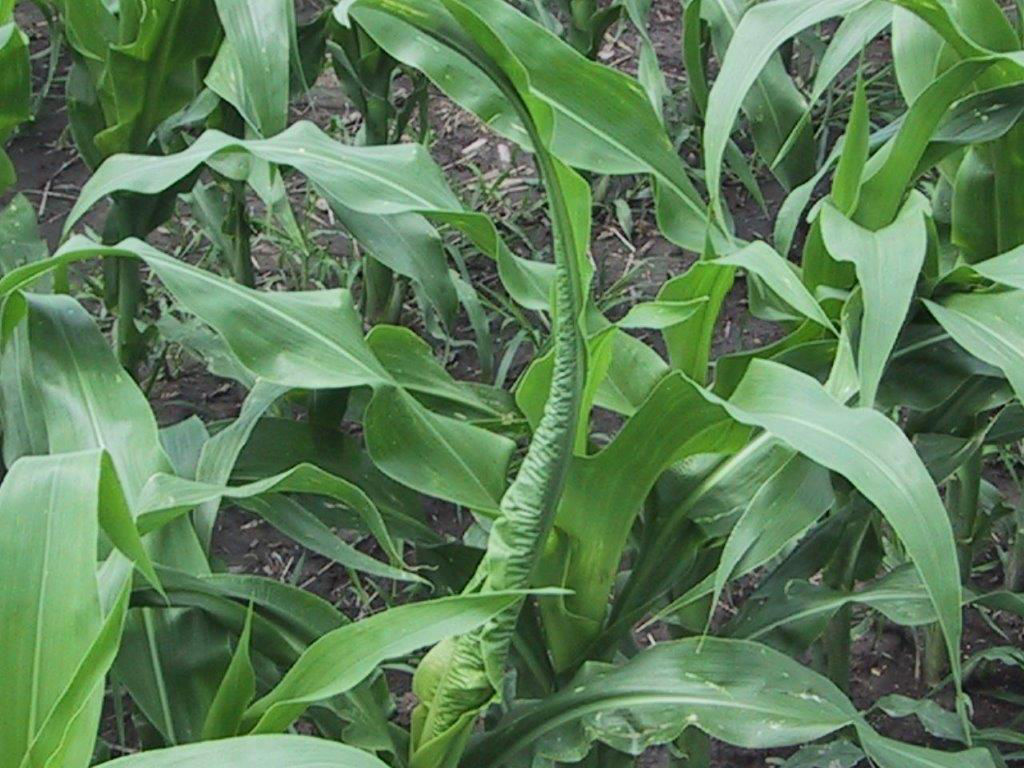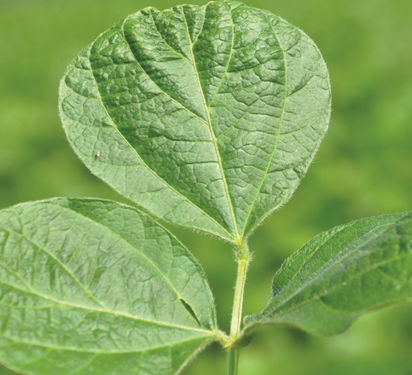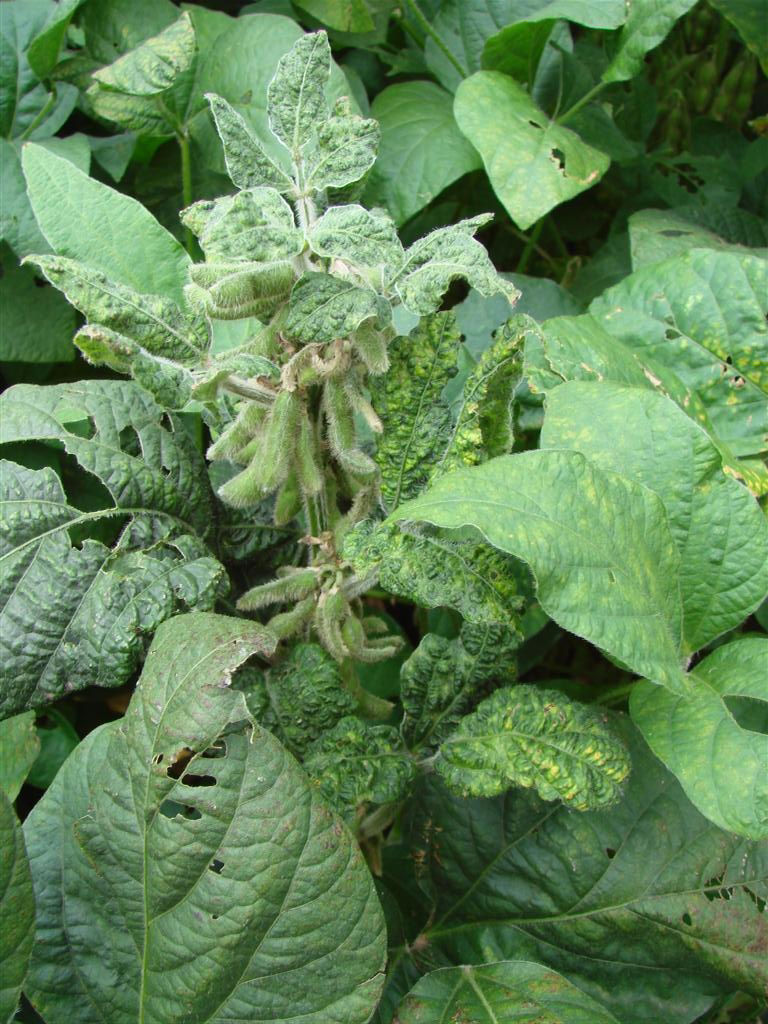12 MIN READ
Understanding Growth Regulator Herbicide Injury
June 24, 2020
The plant growth regulator (PGR) group of herbicides (SOA 4, SOA 19) are important for broadleaf weed control. Uptake of these herbicides is usually through the foliage; however, root uptake can occur. Upon uptake, the herbicides can move upward and downward through the plant’s xylem and phloem transportation channels to areas of new plant growth. Plant growth regulator herbicides include several herbicide families and active ingredients:
Phenoxycarboxylic acids (2,4-D, 2,4-DB, MCPA, MCPB, MCPP)
Benzoic acids (dicamba)
Pyridine carboxylic acids (clopyralid, fluoxypyr, aminopyralid, picloram, triclopyr, aminocyclopyrachlor)
Quinoline carboxylic acids (quinclorac)
Semi-carbazones (diflufenzopyr)
These herbicides control weeds by disrupting several plant growth processes including:
Protein synthesis
Cell division
Cell enlargement
Respiration
Regardless of herbicide group and family, the label for a respective herbicide MUST BE READ AND FOLLOWED as crop injury can occur. Plant growth regulator herbicides have the potential to injure crops by misapplication, drift, spray tank contamination, applying during environmental conditions that have the potential to cause injury, and applying when a crop is in a rapid growth phase. Other herbicides, viruses, insects, and environmental conditions can mimic PGR injury symptoms; therefore, it is important to consider and evaluate the many possibilities prior to finalizing a conclusion.
Most PGR herbicides cause similar injury symptoms on broadleaf plants.1 The intensity of symptoms and potential for yield loss can depend on the herbicide, level of exposure, crop, crop growth stage, and environmental conditions. Injury may be slight at low exposure to death at high levels of exposure. The potential for yield loss increases when susceptible plants are exposed to a PGR herbicide close to the plant’s reproductive growth stage (flowering or later).2
Because PGR herbicides act on meristematic tissue, symptoms are generally expressed more on the youngest leaves. Symptoms of exposure include cupped, crinkled, puckered, strap-shaped, stunted, and malformed leaves. Leaf veins can appear parallel rather than netted. Stems become bent, twisted, brittle, and have shortened internodes.3 Stem twisting, and leaf curling can occur within a few hours of exposure. At low-levels of exposure plant growth can resume, though the symptoms that appeared will remain. At high-levels of exposure, chlorosis can develop within a few days resulting in leaf droppage, shoot tip death, and stem dieback.
Environmental conditions during and following a PGR application can increase the potential for PGR injury to susceptible crops and other vegetation. Wind speed and direction must be determined prior to spraying a PGR as fine spray droplets can be moved with the wind to adjacent fields and surroundings. PGR herbicides can volatilize from a sprayed field and move to non-target fields and surroundings. The potential for vapor movement is greatest under temperature inversions and when conditions are hot and dry during and after the PGR application. Temperature inversions occur after the sun sets and is no longer warming the earth’s surface. Instead of cooler air rising, as it does during the day, it settles in closer to the surface and ceases the daily cycle of upward movement. Spray particles can then become suspended in the air and be pushed by a horizonal wind to non-target areas.4
Very small amounts of PGR herbicides remaining in the tanks, lines, and nozzles can cause PGR injury to susceptible plants, which can happen directly or by drift. Sprayers as well as equipment used in transport, handling, and mixing must be thoroughly and properly cleaned prior to switching to non-PGR herbicides and spraying vegetation susceptible to injury from PGR herbicides.
Grass crops that are generally tolerant to PGR herbicides can display symptoms of a PGR application, particularly if the application occurs when the plants are growing rapidly. As an example, the brace roots of corn and sorghum plants can become fused (Figure 1). Additionally, stalks can bend (Figure 2), leaves can roll, and stalks can become brittle and potentially snap during a high wind event when an application is made during a rapid growth phase (around V5) and air temperatures are high.


- In general, dicamba causes soybean leaves to turn up and become cupped (Figure 3) and 2,4-D causes soybean leaves to become long and narrow (strapping) (Figure 4). Soybean plants are more sensitive to dicamba than 2,4-D and cotton is more sensitive to 2,4-D. Sugarbeet plants are quite sensitive to PGR herbicides; however, clopyralid is labeled for use on sugarbeet but can cause injury at high rates under warm and moist environmental conditions.


Agronomic Incidents that Resemble PGR Injury
Certain environmental conditions can cause plants to have symptoms that mimic PGR injury. As an example, rapidly growing corn plants (around V5) subjected to cold night time temperatures followed by rapid warming can develop PGR like symptoms with thick leather-like leaves that can roll, twist, and bend over (Figure 5). When the leaves unfurl, they may have a crinkled appearance and be yellow because of the lack of photosynthesis (Figure 6).


- Meristematic growth inhibitor herbicides can cause cupped or crinkled leaves and a drawstring appearance (leaf tip is pulls inward) (Figure 7).

- PPO herbicides can cause existing leaves to expand, crinkle, and have a burnt appearance soon after foliar application (Figure 8).5 New leaves appear normal.

- Soybean mosaic virus and bean pod mottle virus can cause leaves to develop crinkles and bumps (Figure 9 and 10). Leaf veins don’t grow together as they do with PGR injury. Broadleaf weeds are not susceptible to the diseases and therefore, lack the symptoms.


- Feeding by aphids can cause leaf cupping. Look on leaf undersides for aphids.

- Severe spider mite feeding can result in cupped and distorted leaves (Figure 12).

Sources
1Al-Khatib, K. Herbicide Symptoms. UCIPM. University of California Division of Agriculture and Natural Resources. http://herbicidesymptoms.ipm.ucanr.edu/.
2Kelley, K., Riechers, D., Nordby, D., and Hager, A. 2004. Plant growth regulator injury to soybean. Crop Sciences. University of Illinois Extension. http://weeds.cropsci.illinois.edu/.
3Lingenfelter, D. and Curran, W. 2017. Herbicide injury summary. Pennsylvania State University Extension Crops and Soils. http://extension.psu.edu/.
4Ward, M. 2017. 8 things about temperature inversion you should know now. MissouriRuralist. https://farmprogress.com/.
5McGrath, C. 2017. Part 2 of diagnosing dicamba injury. FarmProgress. https://www.farmprogress.com/.
Web sources verified 5/20/2020. 5019_S1